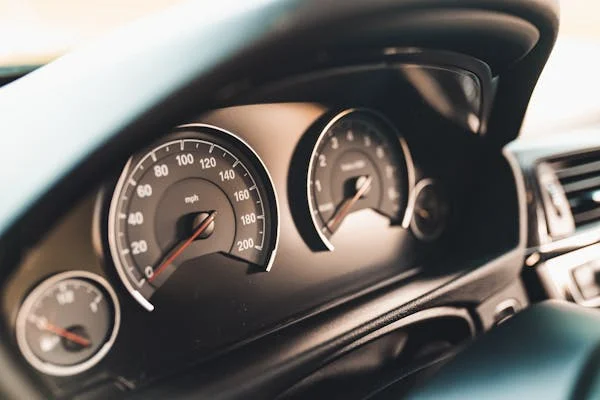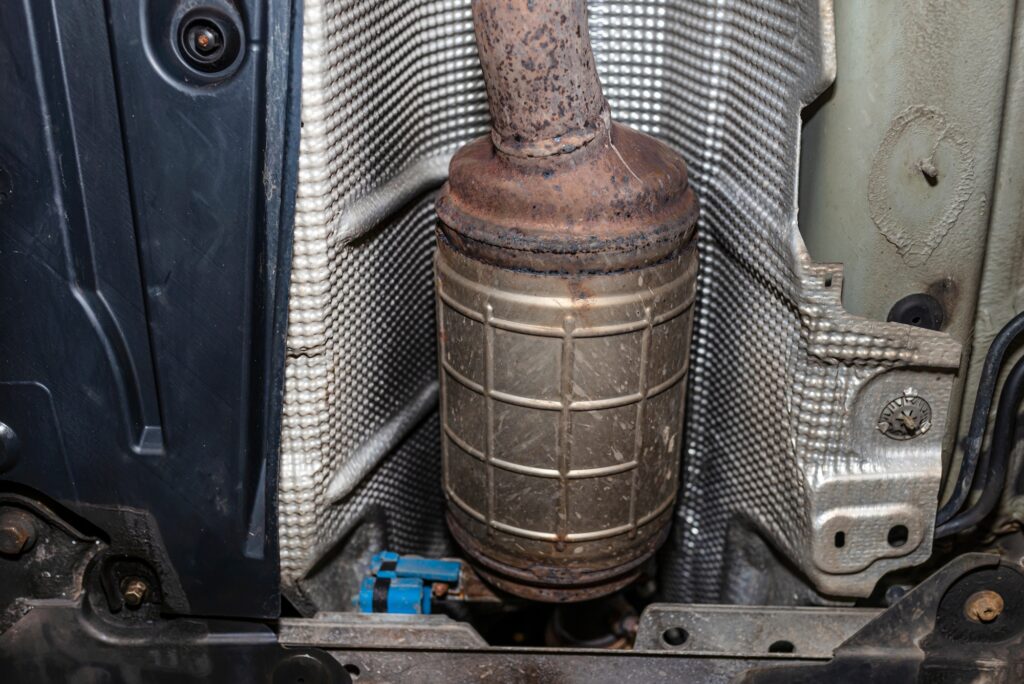In the world of automotive performance, ECU remapping has emerged as a popular modification for car enthusiasts looking to enhance their vehicles’ power and efficiency. But what exactly is ECU remapping, how does it work, and is it safe for your car? In this comprehensive guide, we will explore these questions in detail, ensuring you have a clear understanding before considering this modification.
What Is ECU Remapping?

Understanding the Engine Control Unit (ECU)
The Engine Control Unit (ECU) is the brain of your vehicle’s engine. It is a sophisticated computer that manages various engine functions, including fuel injection, ignition timing, and air-to-fuel ratios. The ECU uses data from numerous sensors to optimize engine performance under different driving conditions.
What Is Remapping?
ECU remapping, also known as chipping or tuning, involves rewriting the software of the ECU to enhance performance characteristics. This process modifies the factory settings programmed by the manufacturer to allow for more aggressive performance metrics. The result is typically increased power, improved throttle response, and potentially better fuel efficiency.
How Does ECU Remapping Work?
The Remapping Process
The remapping process generally involves the following steps:
- Diagnostic Check: Before any modifications, a professional will conduct a diagnostic check to ensure the vehicle is in good health and identify any existing issues.
- Reading the Original Map: Using specialized software, the original ECU map is extracted and saved. This acts as a backup in case you need to revert to the factory settings.
- Modifying the Map: The tuner adjusts various parameters, such as fuel delivery, boost pressure (for turbocharged engines), and ignition timing. This tailored approach ensures that the vehicle’s performance aligns with the owner’s goals.
- Uploading the New Map: Once the modifications are complete, the new map is uploaded back into the ECU.
- Testing: Finally, the vehicle undergoes road testing to ensure everything is functioning as intended.
Common Adjustments Made
Some common parameters adjusted during ECU remapping include:
- Fuel Maps: Altering fuel delivery to improve combustion efficiency.
- Ignition Timing: Modifying when the spark plugs fire for optimal power output.
- Boost Pressure: For turbocharged engines, increasing boost can lead to significant power gains.
- Throttle Response: Enhancing how quickly the engine responds to accelerator input.
Benefits of ECU Remapping
Enhanced Performance
The most significant advantage of ECU remapping is the increase in power and torque. Many drivers experience a noticeable improvement in acceleration and overall vehicle responsiveness.
Improved Fuel Efficiency
By optimizing fuel maps and adjusting the air-to-fuel ratio, remapping can lead to improved fuel economy. This is particularly beneficial for drivers looking to save on fuel costs without sacrificing performance.
Customization
ECU remapping allows for a level of customization that factory settings cannot provide. Drivers can tailor their vehicle’s performance to suit their driving styles and preferences.
Better Throttle Response
Many drivers report a more immediate response from the accelerator after remapping. This can make the driving experience more enjoyable, especially in performance-oriented vehicles.
Is ECU Remapping Safe?
Potential Risks
While ECU remapping offers many benefits, it also carries certain risks. It’s crucial to consider the following:
- Quality of the Tune: A poorly executed remap can lead to engine damage. It is essential to choose a reputable tuner with experience and a solid track record.
- Warranty Concerns: Remapping can void manufacturer warranties. If your car is still under warranty, consult your dealership before proceeding.
- Long-Term Reliability: Aggressive tuning may lead to increased wear and tear on engine components. If not done correctly, it can result in overheating, knocking, or even complete engine failure.
Choosing a Professional Tuner
To mitigate risks, it’s vital to select a professional and experienced tuner. Look for reviews, recommendations, and before-and-after results from previous customers. A skilled tuner will consider your vehicle’s specific needs and ensure that any changes made are within safe parameters.
What to Consider Before ECU Remapping
Vehicle Health
Before remapping, ensure your vehicle is in good condition. Address any existing issues, such as check engine lights or performance problems. A healthy vehicle is more likely to benefit from remapping.
Purpose of Remapping
Consider your goals for remapping. Are you looking for increased power, better fuel economy, or both? Clearly defining your objectives will help the tuner tailor the remap to meet your needs.
Legal Implications
In some regions, modifications to the ECU may affect your vehicle’s emissions compliance. Check local laws and regulations to ensure that your remapping does not violate any rules regarding emissions and vehicle modifications.
Insurance Considerations
Inform your insurance provider about the remapping, as it may impact your coverage. Some insurers may adjust premiums based on modifications made to a vehicle.
Alternatives to ECU Remapping

If you’re not convinced that ECU remapping is right for you, consider these alternatives:
Performance Chips
Performance chips are plug-and-play devices that can adjust certain ECU settings without a full remap. They offer a less invasive way to enhance performance but may not provide the same level of customization.
Cold Air Intakes
Installing a cold air intake can improve airflow to the engine, potentially increasing power and efficiency. This modification is often seen as a safer alternative to remapping.
Exhaust Upgrades
Upgrading your exhaust system can enhance engine performance and sound. A less restrictive exhaust allows for better airflow, complementing other performance modifications.
Conclusion
ECU remapping can be an effective way to enhance your vehicle’s performance, providing increased power and improved fuel efficiency. However, it is essential to approach the process with caution. By understanding what ECU remapping entails and considering the associated risks, you can make an informed decision. Always consult with a professional tuner to ensure that your vehicle is well-prepared for the modifications and that you achieve the best possible results. With the right approach, ECU remapping can transform your driving experience while keeping your car safe and reliable.
















